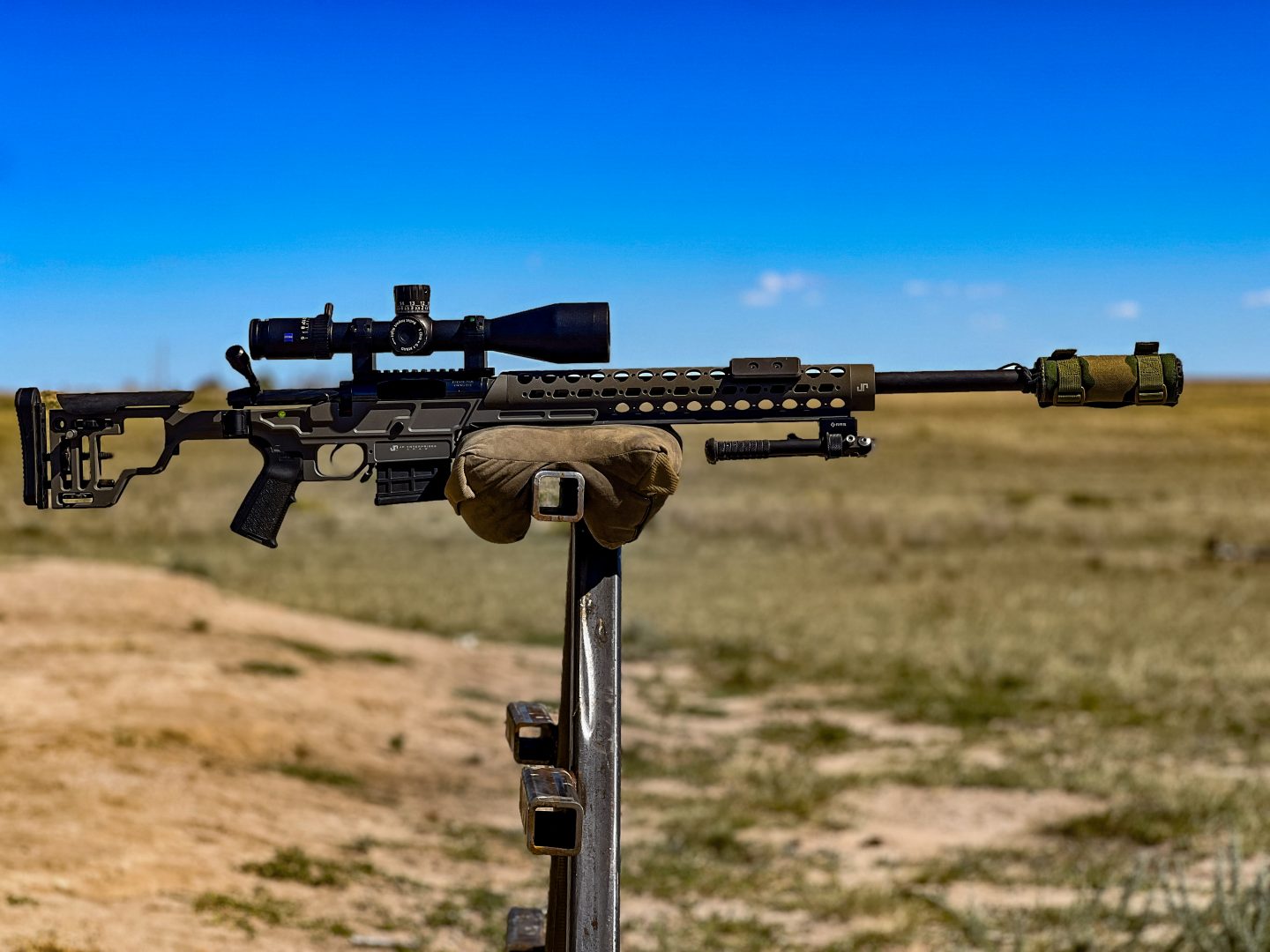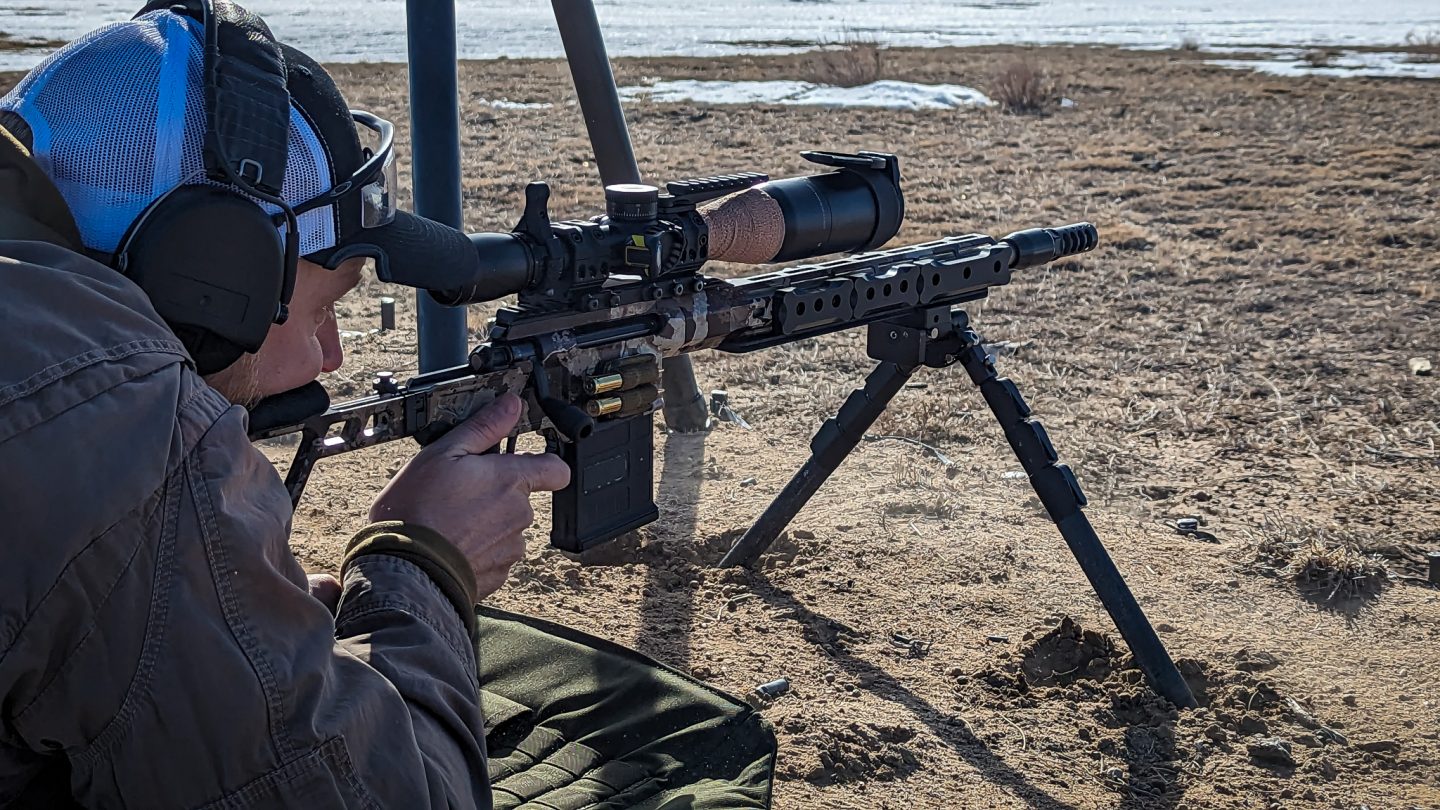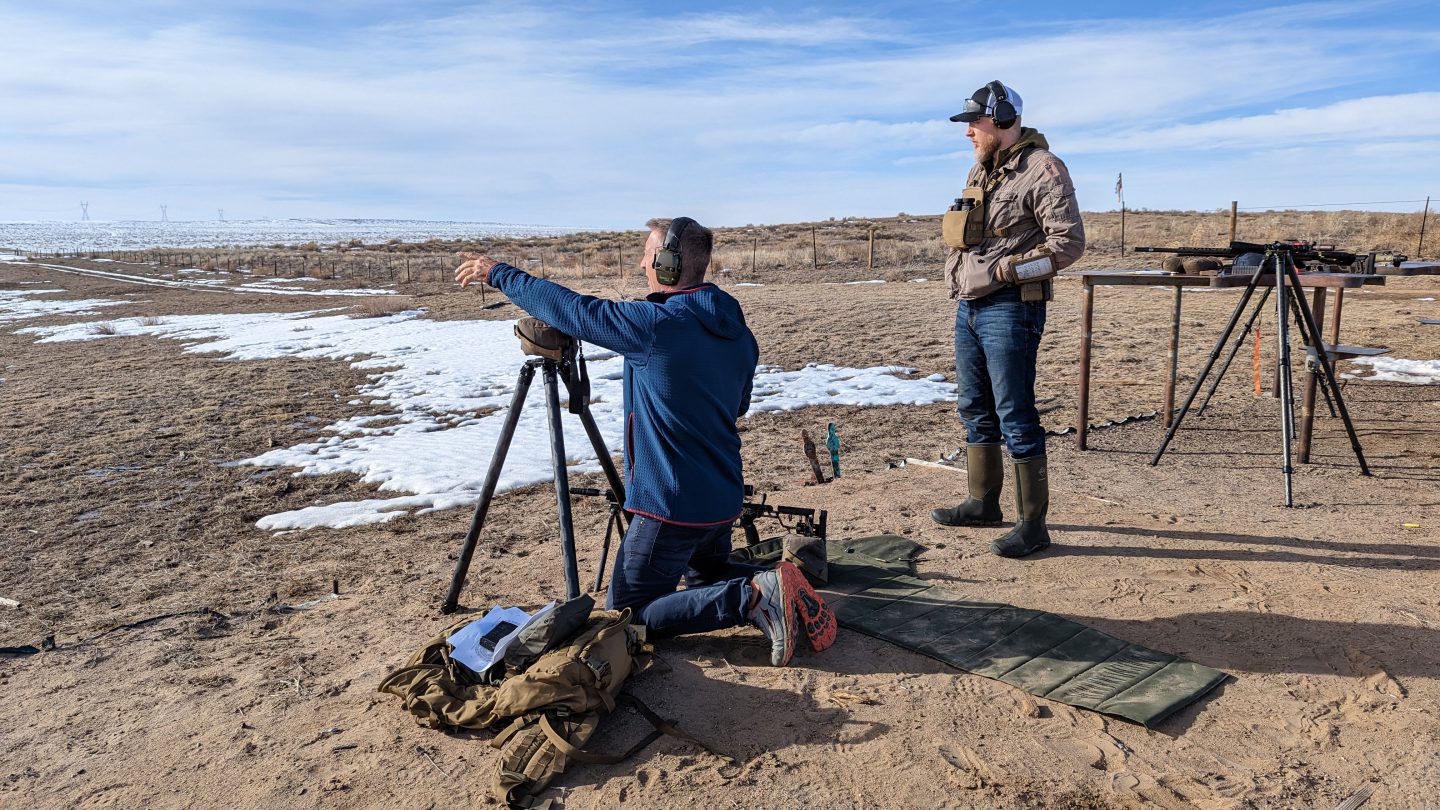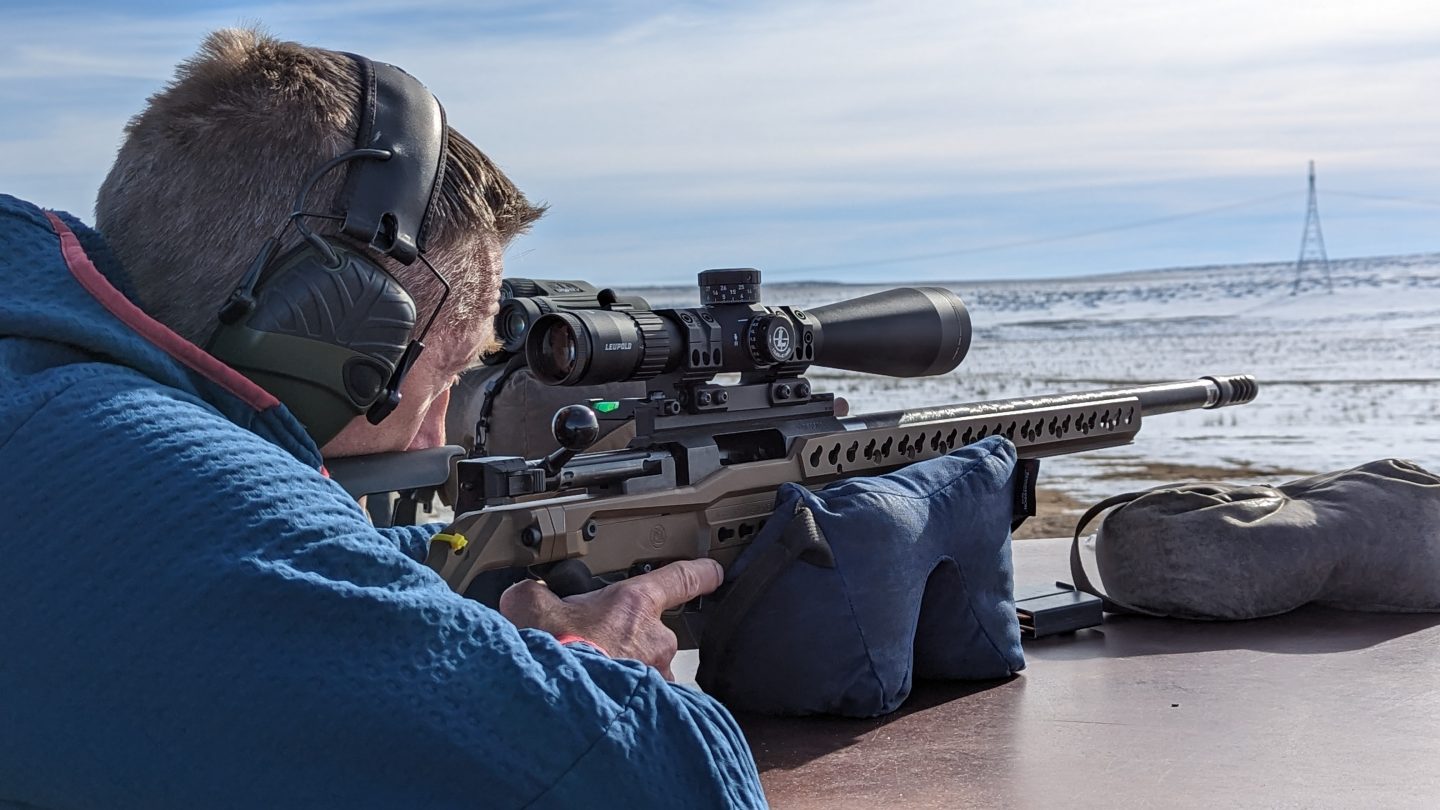The relationship between a shooter and their equipment creates a never-ending debate among people looking to improve as marksmen. At RifleKraft we have been studying the relationship between the shooter and their equipment as analytically as possible at unconventional skill assessments, training courses, coaching, and private lessons. Alongside Frank Galli, we have studied the effects and found patterns and effects that directly contribute to shooters lowered hit percentage on target.
This article series aims to discuss those effects and help you better understand your own shooting in the process. Throughout the series, we will isolate factors as discussion points and then recombine them at the end for a more holistic picture of those relationships playing out in a real scenario. The larger concept is that the shooter and the rifle system add to each other cumulatively in terms of their effectiveness; put another way, the rifle has a capability that the shooter adds error to, and we need to consider both to understand how that translates to success.
Baseline

The baseline that starts the process is a shooter’s equipment. We have all heard the adage “it’s the Indian, not the arrow,” and to a large extent, I agree with this and will check back in with it in a few articles, but if the bow and arrow can’t work as expected the Indian won’t ever get a chance to prove their skill with reliable hits and then it becomes a gambling scenario. We don’t like the idea of gambling when it comes to long-range precision.
Before the shooter enters the equation, there is a baseline functionality of a rifle system and the ammunition we have to consider. If we do not isolate the equipment prior to the introduction of a shooter, we don’t know the scope and context of their applicability in the field.
A rifle system put together has an inherent accuracy level. You might have seen companies “guaranteeing” half MOA, sub-MOA, in terms of their systems used as a marketing tool. While I have personally seen companies renege on this guarantee, that’s another story. The baseline accuracy of a system has to do with the rifle and the ammunition and sets a limit that we must consider in everything we are going to use it for.
Accuracy, Dependability, Reliability

If you study the evolution of rifle builds, you will see the prioritized evolution of parts that take out inconsistencies seen in older builds. In the past, one of the leading “improvements” to a rifle system has been to bed the action to the stock or chassis. Bedding focuses on subtle movement between parts, and movement creates inconsistency and repeatability problems. Bedding takes out some of the effects of the environment and construction and allows for more repeatability of the system itself. Newer chassis and stocks claim to have accounted for this, but knowing ways to improve a system is essential and many times, you can do things like bed an action to a rifle you already own and save money buying something new and expensive.
Barrel thickness adds weight to the system and buffers from the heat effects tin barrels might show. Adjustable buttstocks allow a rifle to fit the user and allow them to utilize their anatomy more effectively on the system. I will discuss this more in the fundamentals article. Different height rings allow the shooter to maintain the correct posture while using the rifle system. Loading ammunition that better fits the barrel’s chamber can also improve the accuracy and consistency of the system before the shooter gets into the equation.
Developments in machining more precise and consistent chambers have also led to significant gains in the precision and repeatability of a rifle system by taking out many of the human elements involved in years past.
Measuring the Results

This isn’t a history of advancements, rather we are interested in defining where a baseline might come from for your own understanding and training plan development. So, let’s look closer at how I am using the term “baseline”. It helps here to use some examples for various outlets.
The first is straightforward. Imagine we had a rifle in a sled or vice and shot 20 rounds at paper at 100y. The first baseline is that group size, shot in different conditions on different days. In this scenario, we are looking at the group’s absolute size capability that it has across the environmental conditions it will be used in. I factor in point of aim when comparing different effects because if there is movement, the zero will “wander” around the point of aim, and one group might be small, but over time that group can walk around and create a larger group. This is important to know because humans has this same effect, and we have to account for it on both accounts.
That is what I consider the rifle’s baseline. Say the group was 2”; then I will call that for ease of discussion, a 2” rifle. I understand that this also includes the ammunition combo, but a baseline for the system is vital to understanding how we are going to use that rifle system.
What’s your standard Deviation?
The second is the ammunition velocity standard deviation and bullet weight. This doesn’t come into consideration until we start reaching out to distance, but it is vital to the system baselines. I will discuss this further in a distance article that combines the shooter and system to wrap our heads around hit probability at a distance.

The rifle baseline allows us to set maximum, or minimum, standards for whether we can always hit a target. I like to first think about the system’s ability before adding in the shooter and its effects.
Using our 2” baseline, we can imagine shooting at a 2” target at 100Y with a 100% probability of hitting. If the target were larger than 2”, then we can assume the rifle system is effective and can be utilized for that application. If the target is under the 2” size, then it is not an effective or practical tool for the job, and we need to reconsider our equipment selection for the application we have been assessing for.
This is simple if you think about it, but it’s something many shooters aren’t considering in the process of picking the right tool for the job. Next, we will examine the shooter and their influence on the system. This will require a few articles as the shooter adds errors to a system, and those errors are many. I will break them.




